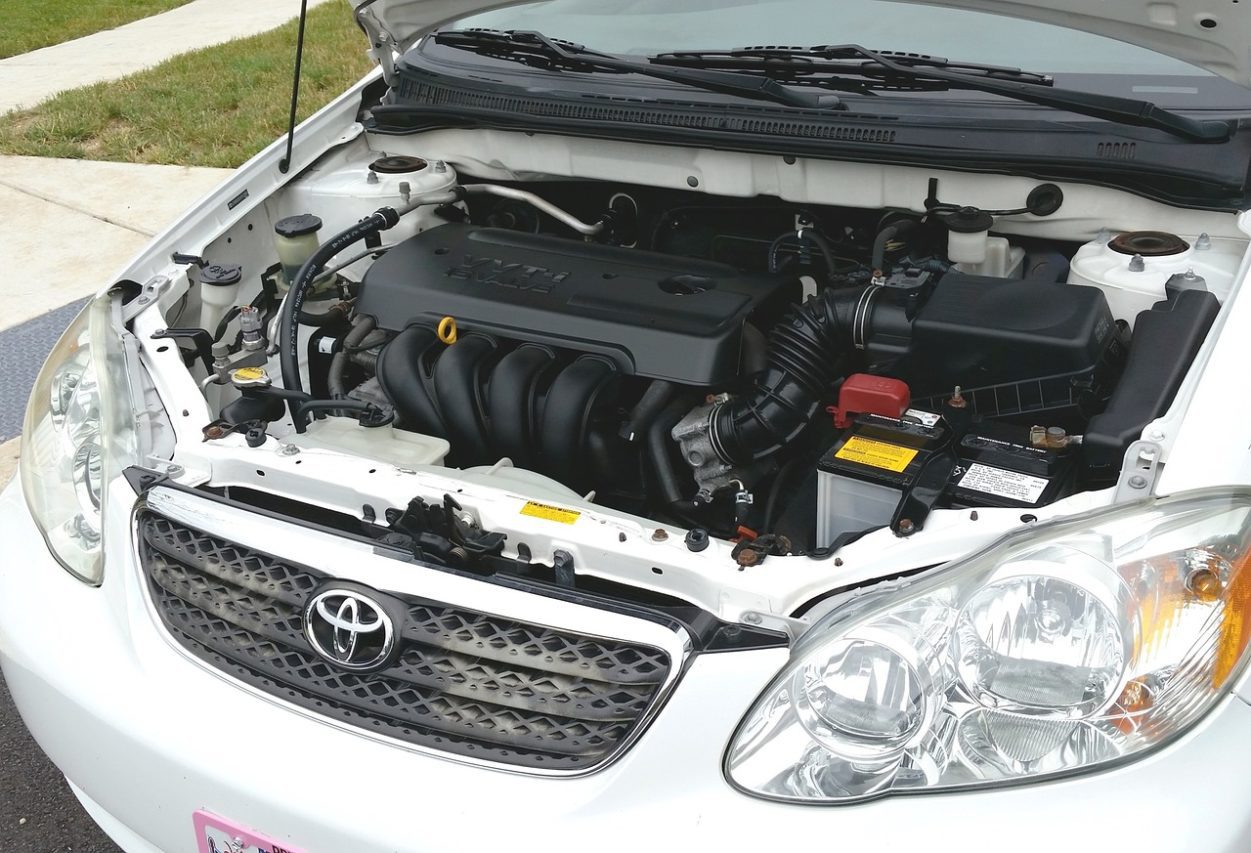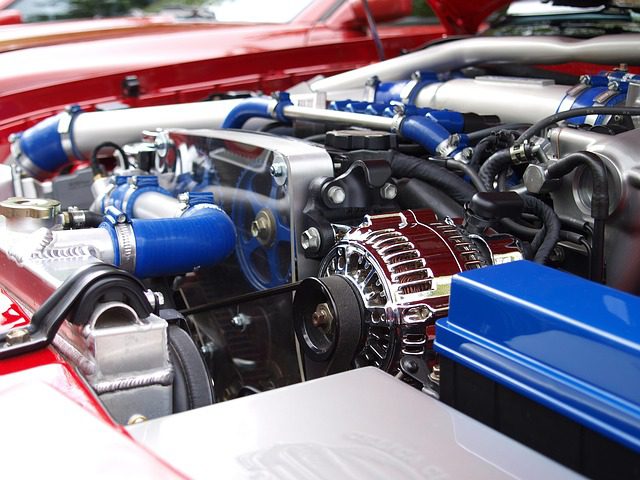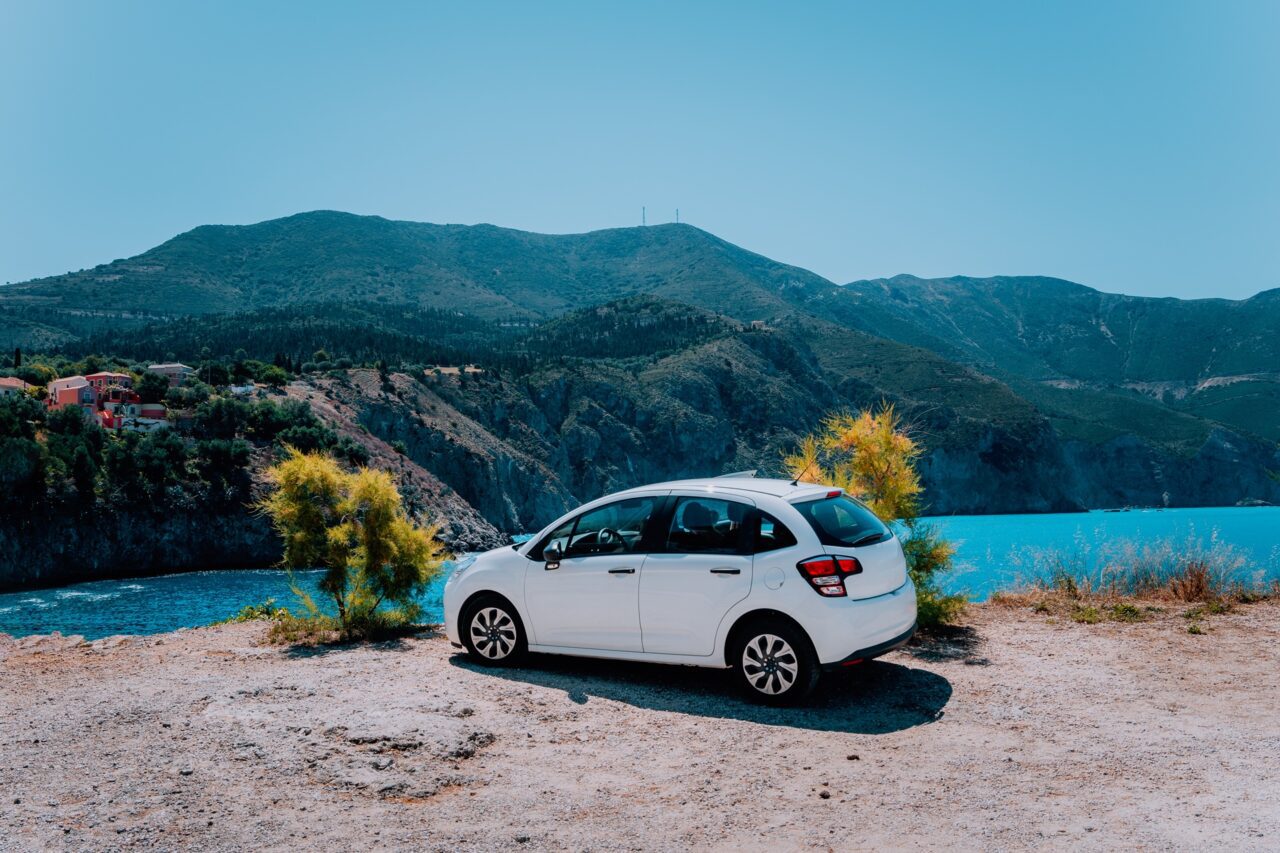Tips and Advice so You Can Depend on Your Car
A car is an expensive investment, so knowing how to keep your vehicle in tip-top shape can save you tons of money. Overall, the cost of owning a car is a lot higher than many might think – there is the cost of car insurance, taxes, interest on the car loan, repairs, fuel costs, and the cost of the vehicle itself. By implementing all or some of these car care tips, you can begin to save a significant amount of time and money.
Just a little time spent on research can save you future repairs and tons of money. You don’t need to be mechanically savvy to detect common vehicle problems. You just need to be able to use your sense of smell and sight.
Take a Look Around
Are there stains under your vehicle? Do you see drips? They may not be a problem but if you see wet spots, it can be a symptom of something far more serious. What color is the liquid you are seeing? Is it blue, orange, yellowish green? Then it could indicate a radiator leak, damage from an overheated engine, or a water pump that needs repairs. Leaks such as these should be addressed quickly.
Black oily fluid or dark brown could indicate an oil leak on the engine. A bad gasket or seal can cause this type of leak. These types of repairs can quickly run into a lot of money so it’s a good idea to take your vehicle to a mechanic you trust.
A red oily spot could indicate a power steering fluid leak or transmission leak. Sometimes you will see clear liquid, which is usually just condensation and nothing to worry about. If you see light smoke coming from your wheel while you are driving it could mean you have a brake that’s stuck and you should pull over. Any type of smoke means you need to see a mechanic regarding a vehicle repair.
Put Your Nose to Work
Don’t be afraid to sniff around and see if you can detect a problem with your vehicle. If you smell burned toast it may be burning insulation or an electrical short. Don’t risk driving it. If you have a rotten egg smell it’s likely the catalytic converter and it will need to be repaired.
A thick sharp odor is often a symptom of burning oil. Have a look under the car to see if you can spot a leak. You may also see a bluish smoke coming from your vehicle’s tailpipe – you need to have this looked at as soon as possible.
If you smell gas after your vehicle fails to start the engine may have become flooded. Wait a few minutes and try again. If you continue to notice a gas odor you may have a leak somewhere in your fuel system, which can be dangerous, so have your vehicle taken to a mechanic as soon as possible.
These simple tips will help to alert you of a potential problem with your vehicle that should be addressed.
How to Properly Check Your Fluids
Part of keeping your vehicle in tiptop shape is to make sure you regularly check your fluid levels. In fact, monitoring these levels is vital to the health of your car. It’s a great idea to read your owner’s manual. There should be diagrams of the engine there that will show you where to check all the important fluids. It’s a great way to get an idea of where the vital fluids can be found. You can also use the internet to pull up a similar picture that can help you.
Engine Oil
1. You’ll find towards the front of the engine a cap marked “Oil.” Check your oil with the engine off. Remove the dipstick
2. Wipe the oil off with a rag
3. Put the dipstick back in
4. Pull it out and get your reading
5. There will be two marks on the dipstick – minimum and maximum – anything in-between means your oils are good. Below the minimum and you need to add oil. In older vehicles, it’s a good idea to check your oil every couple of weeks. In newer vehicles check monthly.
Transmission Oil
If you have an automatic transmission you will find a dipstick to check your fluid level. It’s usually found towards the back of the engine. There are different methods for checking transmission fluids, which can be found in the owner’s manual. For most vehicles, they have to be running and the transmission needs to be in neutral or park. To get a true reading the transmission should be warmed up so take it for a short drive to bring it up to operating temperature. Checking the level follows the same steps as checking the oil. Check annually.
Engine Coolant
You should never open the radiator cap when the engine is hot. You can be splashed by the hot coolant and suffer serious burns. The majority of cars have an overflow bottler with visible level markings. You should make sure your coolant is between these markings.
Power Steering Fluid
Your car uses oil to assist with the power steering. This fluid should be checked regularly. Often it is checked at the pump but sometimes the reservoir is separate and away from the pump.
Brake Fluid
Most of the newer cars allow you to check the brake fluid levels without ever having to remove the master cylinder cap. There marking on the side of the reservoir identifying the different levels. When you are removing the cover be careful none spills on the paint as it lifts paint quickly.
Windshield Washer Fluid
You’ll see the jug that contains the blue liquid that’s magical for keeping your windshield clean. Most of the reservoirs are visibly marked. However, in some of the newer vehicles, the reservoir is buried making it hard to see. Just pull the top off and start filling – you can’t hurt anything if it overfills. A funnel can make it much easier to fill your washer fluid and other fluids as well.
image credits: pixabay
6 Summer Car Care Tips That are Essential
Before you jump in the car and head out on that summer voyage it’s a good idea to make sure your vehicle is in ready-to-go condition. After all, there’s nothing worse than sitting on the side of the road waiting for a tow truck when what you wanted to do was enjoy a day at the beach.
1. Check Your Fluids – Run your car for a few minutes and then check the oil. It should be in the ok range and it should also be clean on your dipstick. Oil changes are recommended at different intervals ranging from 3,000 miles to 7,500 miles. Check your owner’s manual for recommendations for your vehicle. If the dipstick is at the add mark, you need to add oil. Regardless of mileage if your oil is dirty you should consider an oil change.
2. Check Your Windshield Wiper Blades – Good wiper blades will be a real benefit during summer rainstorms and thunderstorms, which can occur without much notice. Winter conditions tend to cause blades to become hard and inefficient. Check all your fluid levels including, wiper fluid to make sure everything is topped up before you leave.
3. Know Your Tires – You should know the proper inflation for your tires. You can find this in your vehicle documentation, tire documentation, or on the sidewall of the tire. Then grab your tire pressure gauge and check their inflation. The heat of summer will increase your tire pressure so it’s a good idea to test before you drive far. Remember to include your spare in your tire check.
If you are driving with tires that are underinflated you have a blowout, while an overinflated tire puts you at risk of hydroplaning in rainy weather. Properly inflated tires will increase your fuel efficiency by as much as 3% so there’s a real benefit to making sure you check your tires.
While you are at it, take a minute to check the tire tread. Use a penny – stick it in the gaps with the head face down. If you can see the head it’s time for new tires.
4. Visit Your Mechanic – A visit to your mechanic is a good idea before any long trip or for your regular maintenance if you don’t do it yourself. Your car will need regular tune-ups and regular oil and filter changes.
5. Check Belts and Hoses – Check for heavy wear or cracking and replace before they fail.
6. Be Prepared – Always carry an emergency kit with you that includes a first aid kit, jumper cables, air compressors, blankets, and it is also a good idea to carry water and energy bars.
image credits: pixabay
8 Winter Car-Care Tips
Winter brings along a whole new list of concerns for your automobile. The severity of winter depends on where you live. While newer cars require less intervention from us, humans, they still need to be prepared for winter. By implementing all or some of these car care tips you can begin to save a significant amount of money.
1. Watch Your Tire Pressure – Watch your tire pressure, which will drop when the temperature drops. When you keep your tires properly inflated you will get better fuel economy, and it will also help against flat tires.
2. Keep Your Fuel Tank Above One-Quarter – On older vehicles, this was done to ensure the fuel lines did not freeze. While it doesn’t happen as often with new vehicles it can still happen so why not ensure it doesn’t. In addition, during winter driving it’s a good idea to be prepared in case you become stranded.
3. Check Your Fluids – Some of your vehicle’s fluids are affected by winter conditions. Take a few minutes to inspect your vehicle’s cooling system, and every year you should do a coolant flush. Cooling system failure is the main reason for the engine-related breakdown, which can lead to repairs costing thousands. You’ll need to add antifreeze at a ratio of 50/50 antifreeze/water. You should invest in an antifreeze ball tester so that you can check your ratios throughout the winter season and add antifreeze whenever necessary. Make sure your windshield washer fluid is topped up with winter fluid.
4. Check Your Battery – Older batteries can have trouble during the winter months with the cold. Make sure your terminal posts do not have any corrosion because when the posts are corroded it can make it harder for the battery to start the car. When there’s extremely cold weather the life expectancy of the battery can be shortened. Finally, make sure you always have jumper cables, just in case your battery goes dead.
5. Do an Oil Change – Even if your vehicle isn’t quite due for an oil change, now’s a good time to do an oil change. With older vehicles, lighter weight oil can be used to keep your vehicle’s parts better lubricated during the winter. Newer cars use lighter-weight oil year-round.
6. Change your Windshield Wiper Blades – Changing your wiper blades at the start of the winter season will ensure they are new. Winter wiper blades do a better job of pushing the slush off your windshield and scraping away the ice.
7. Put Snow Tires On – Winter driving conditions mean you want to have good traction. Depending on where you live and what you drive snow tires are often a good investment. In some areas where snowfall is minimal, you can away with a solid all-season radial tire.
8. Carry an Emergency Kit – Your emergency kit should include cold-weather gear such as hats and gloves, jumper cables, flares, flashlight, and basic tools









